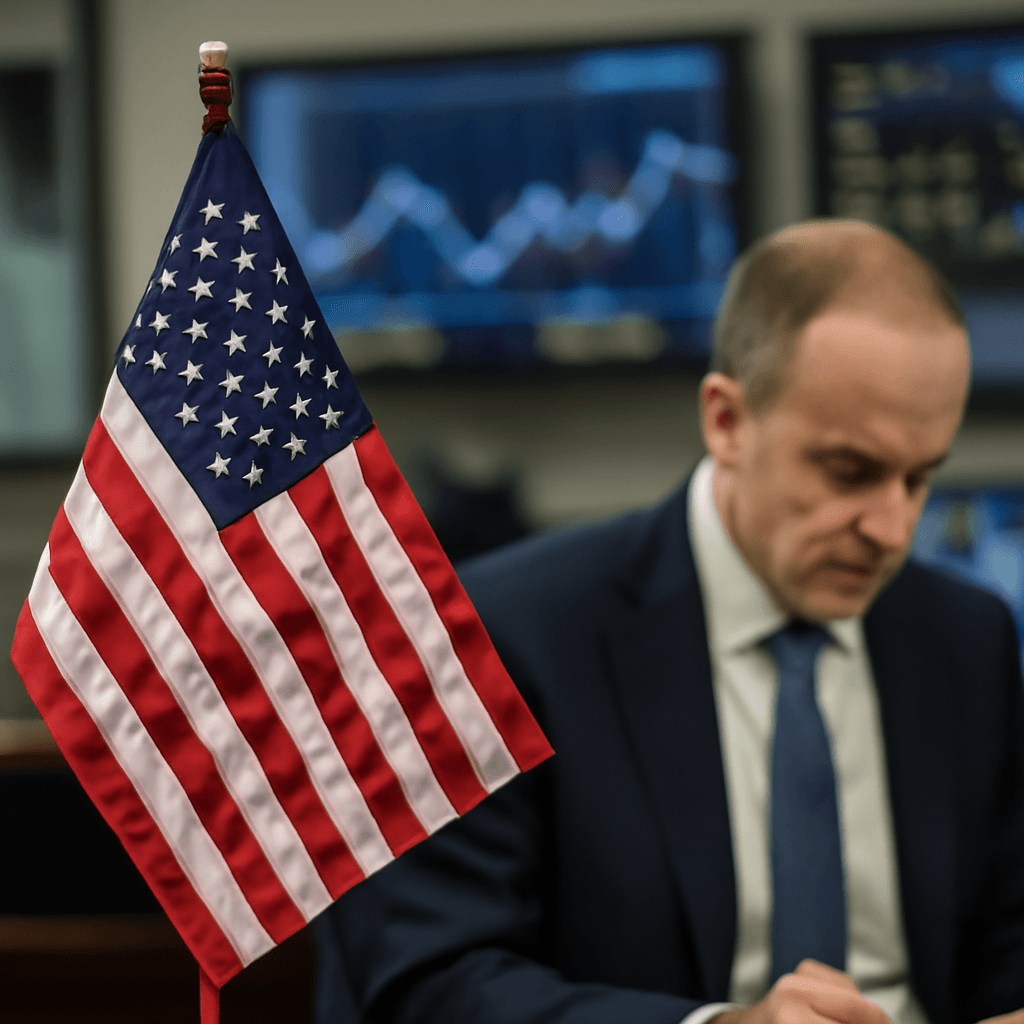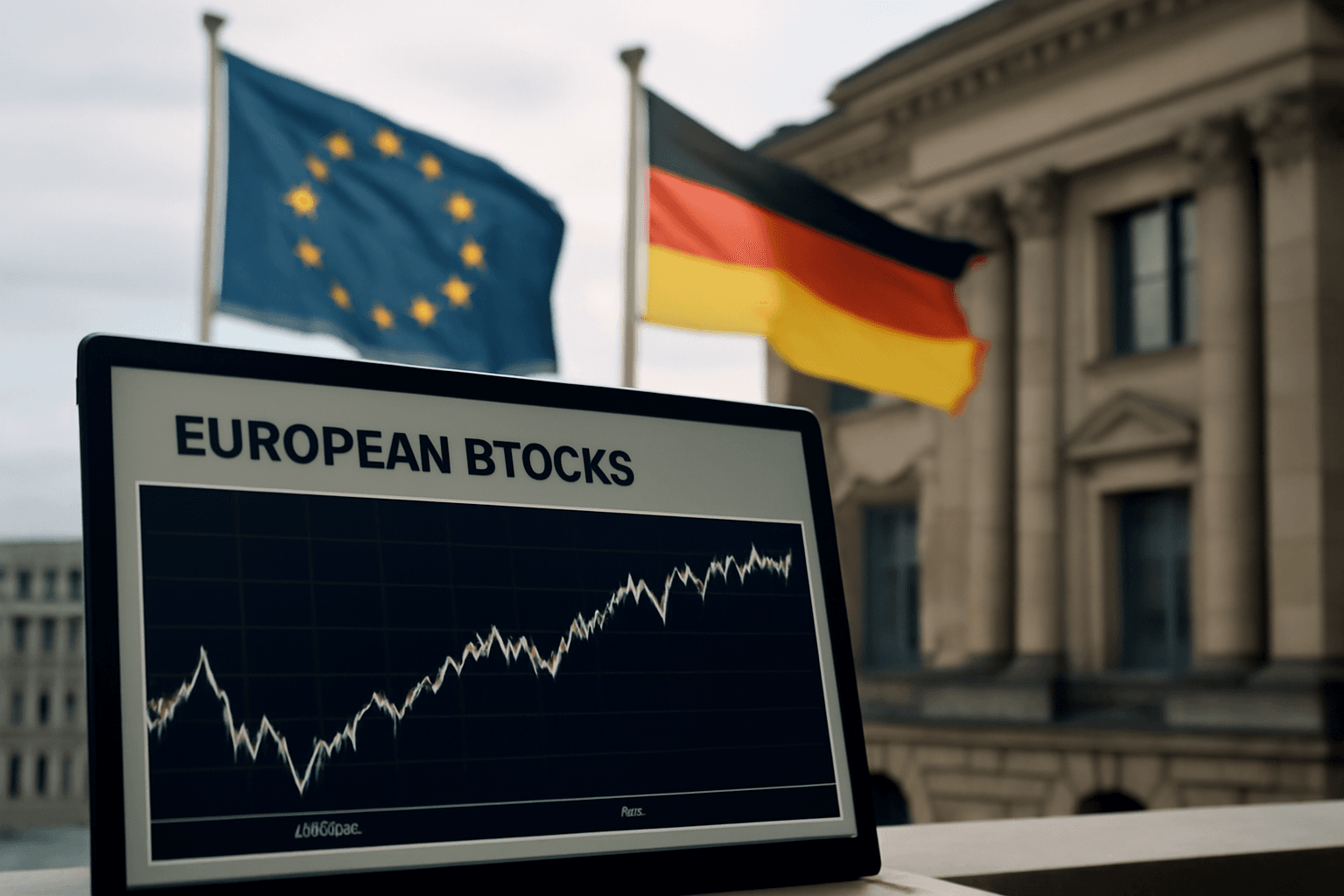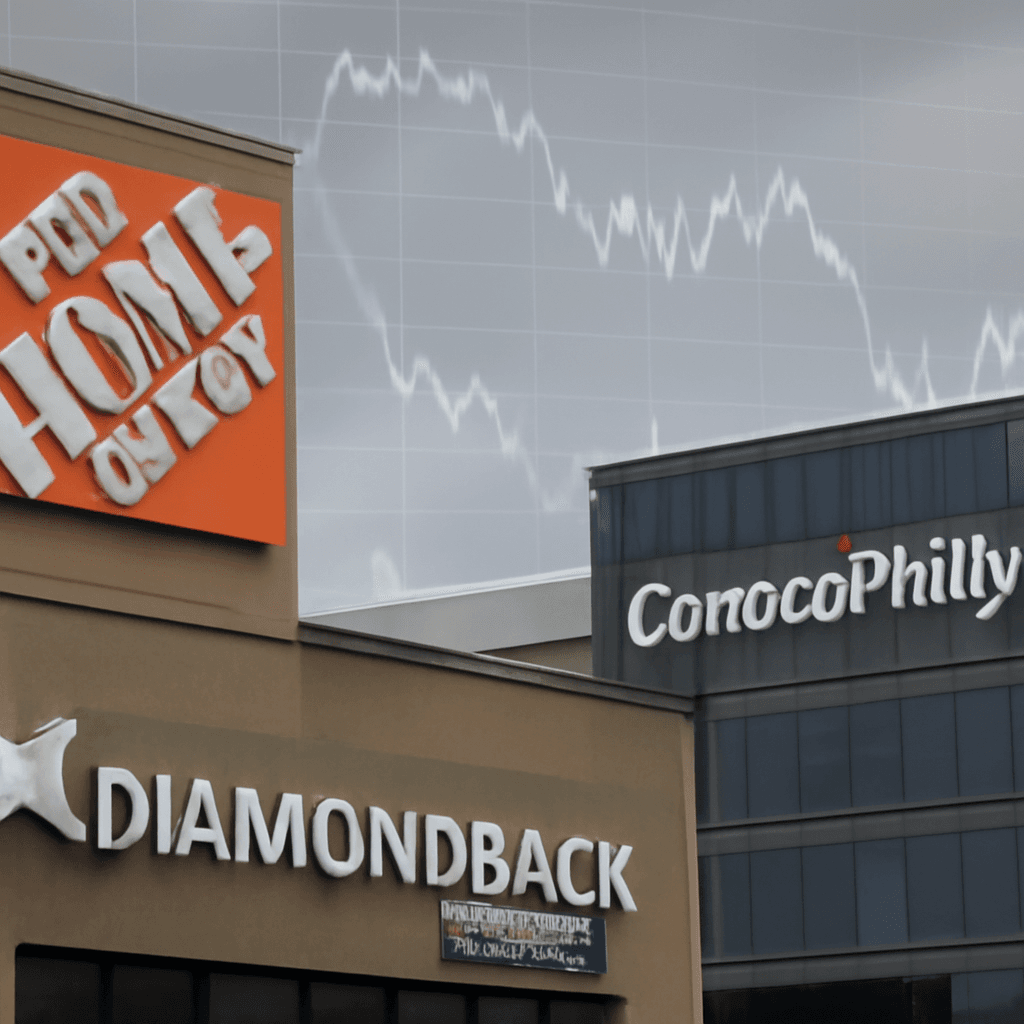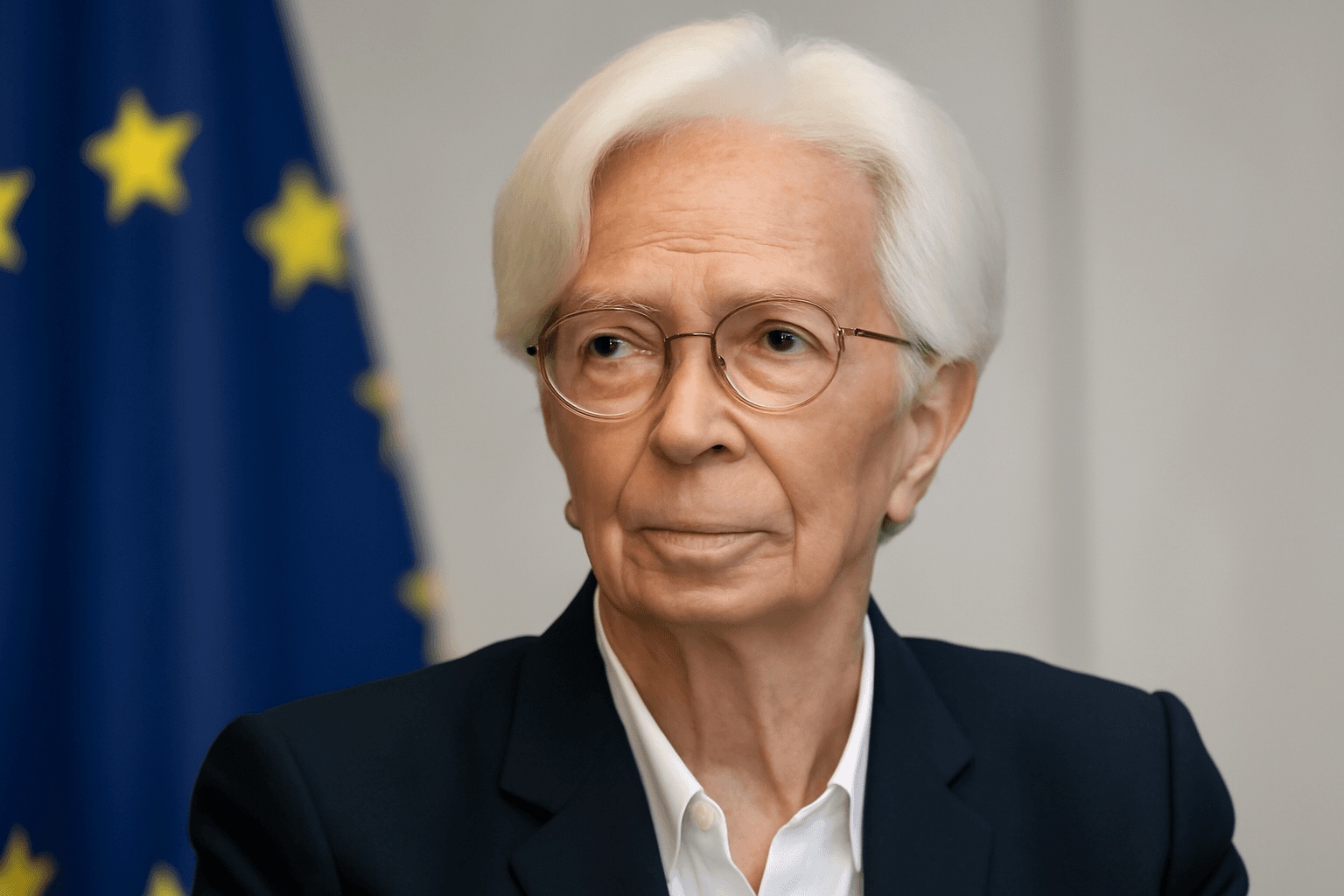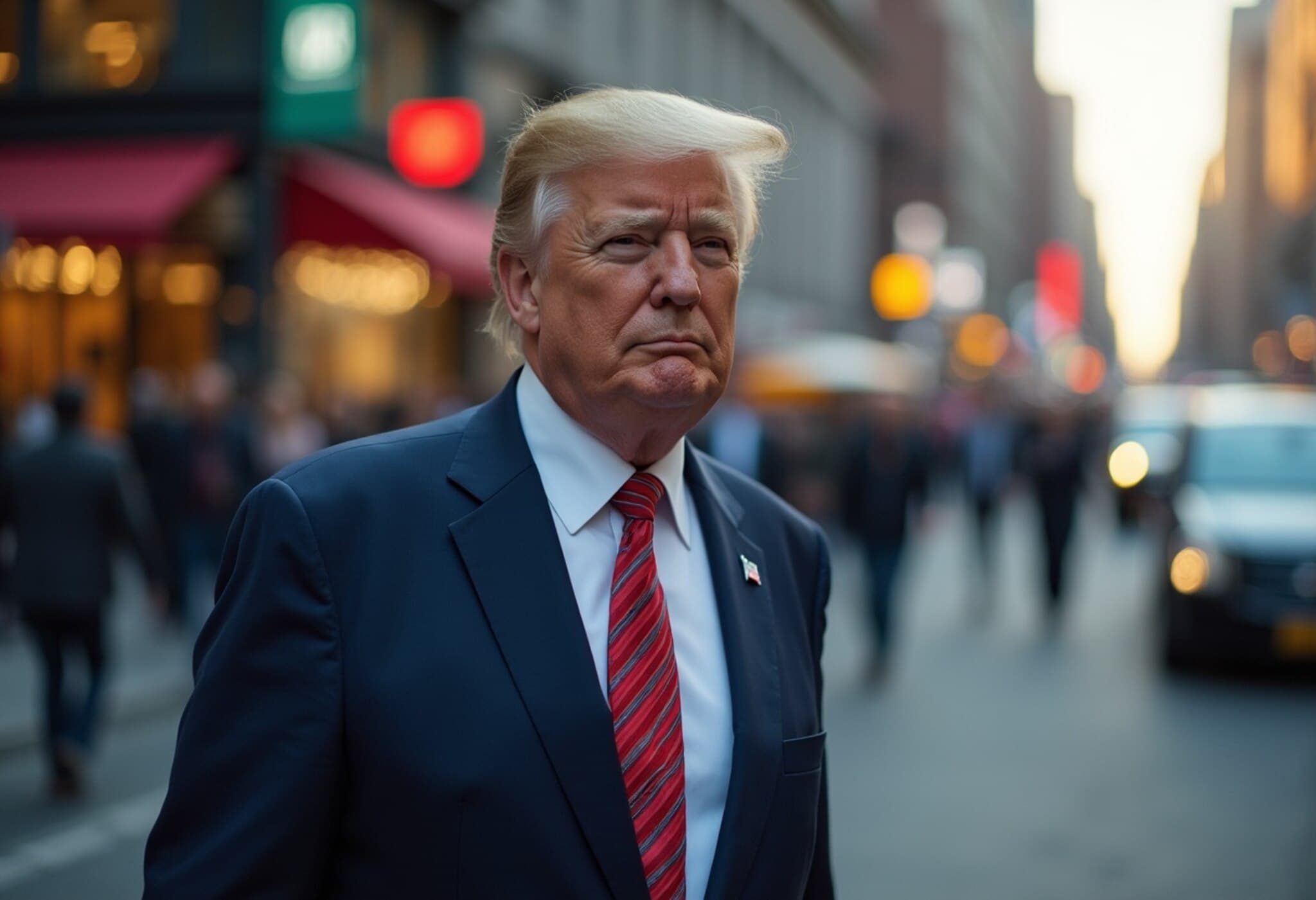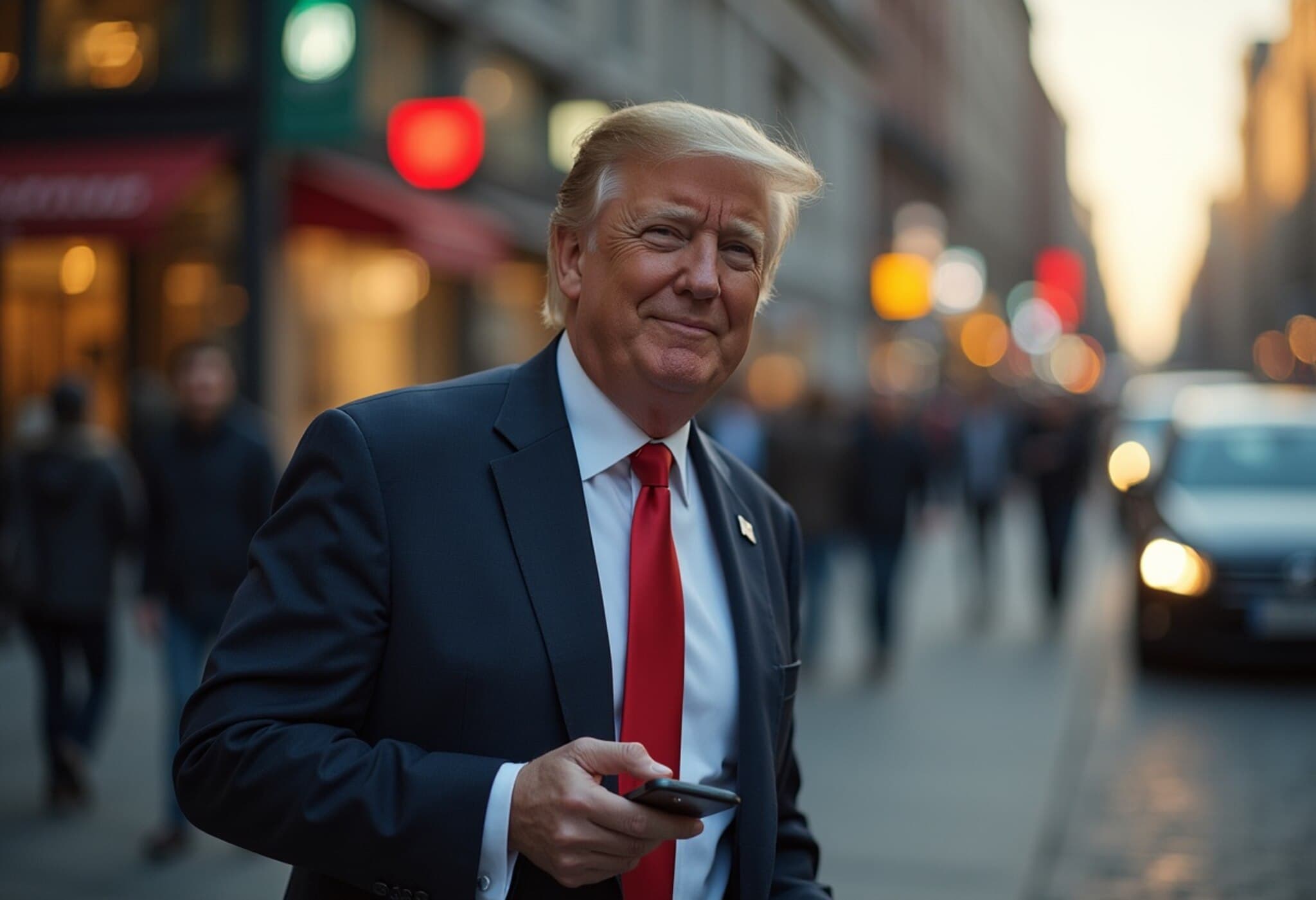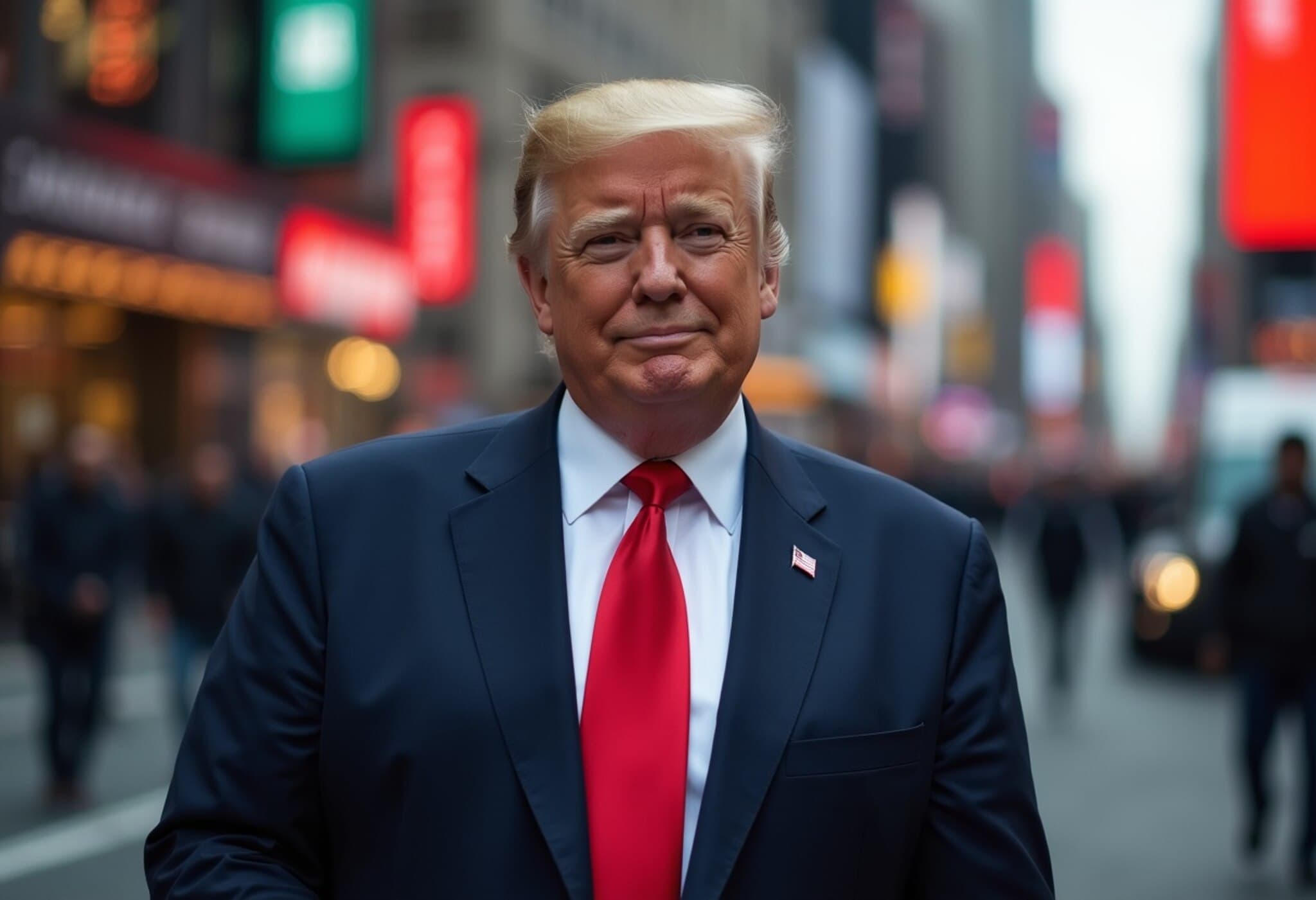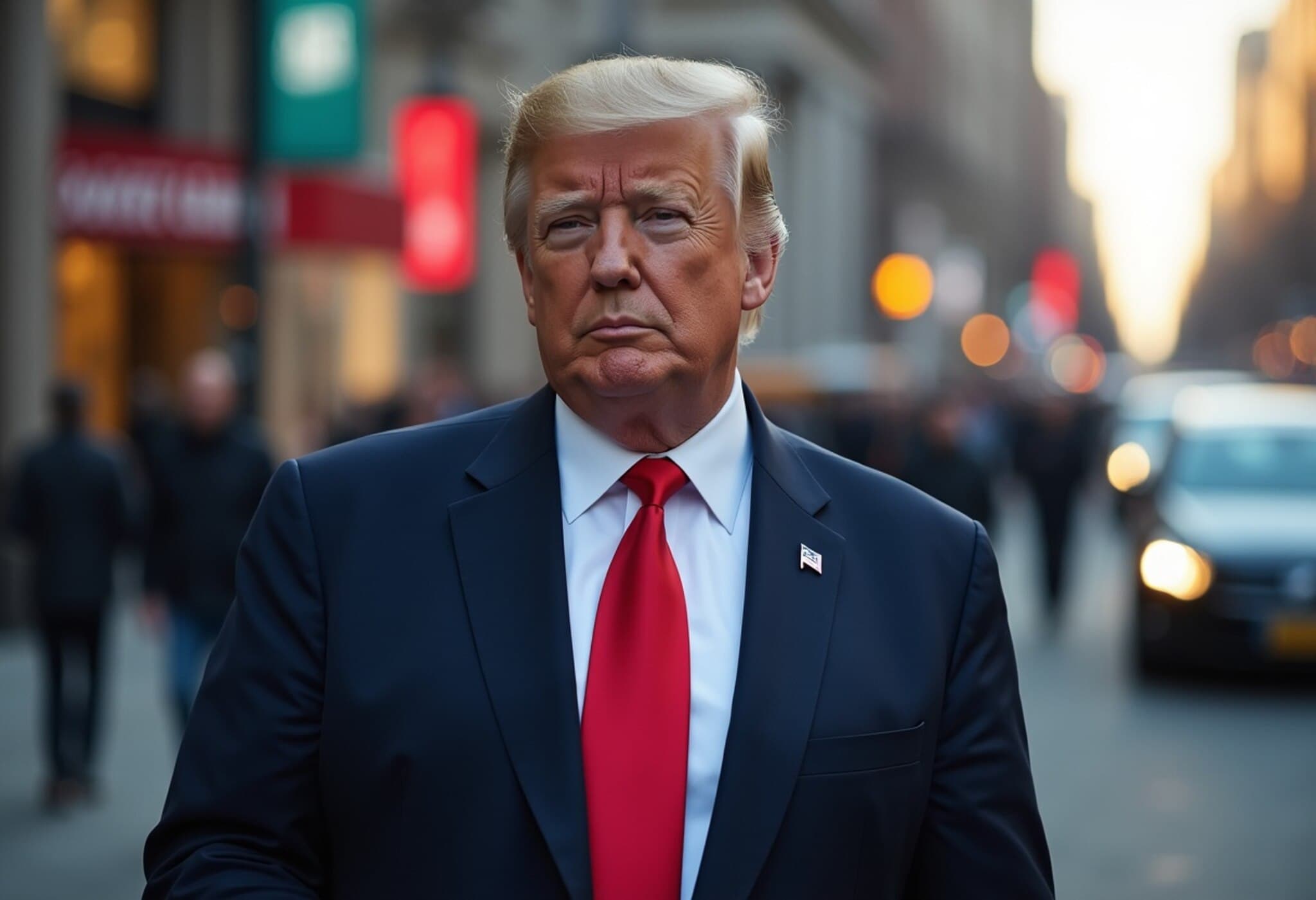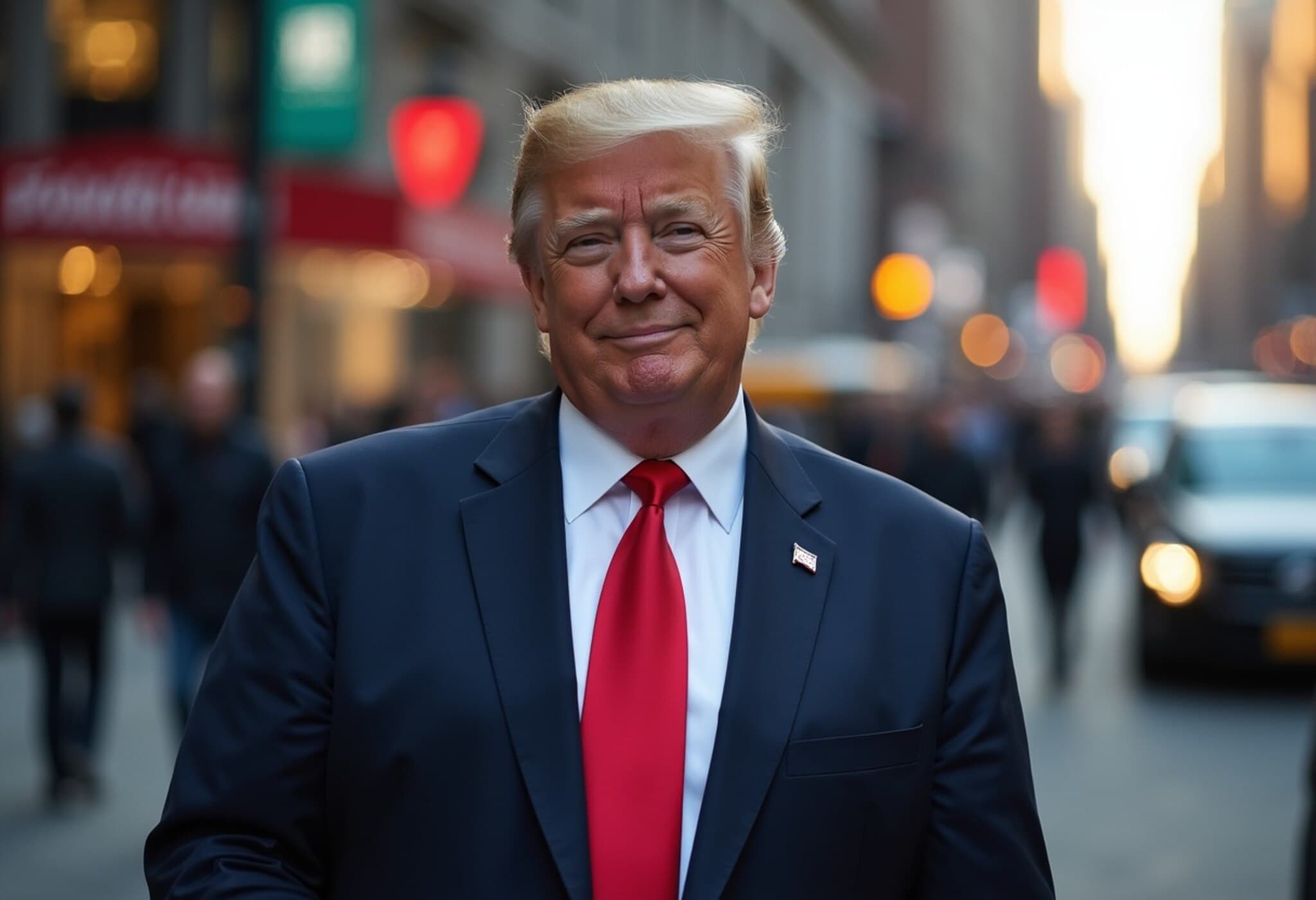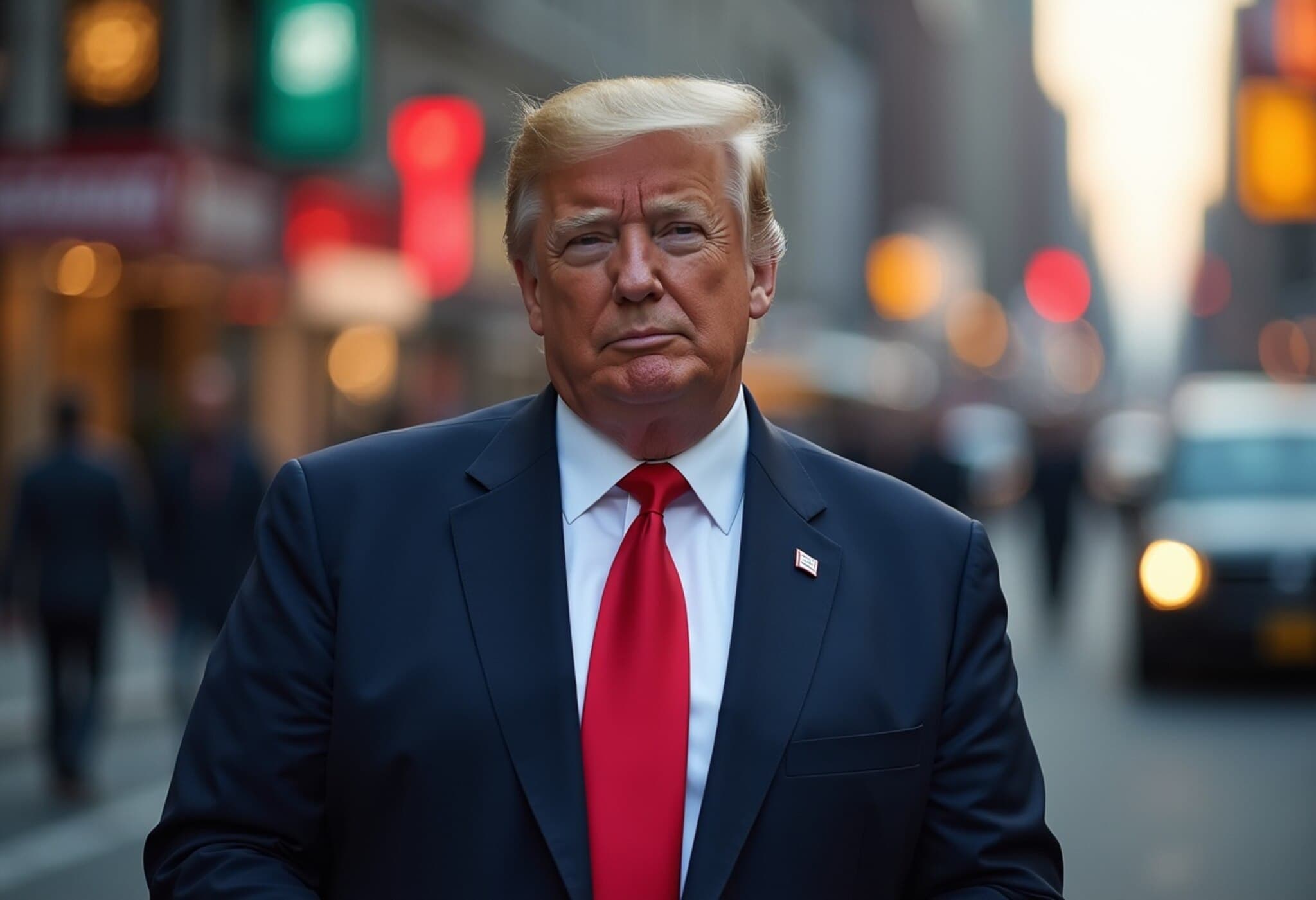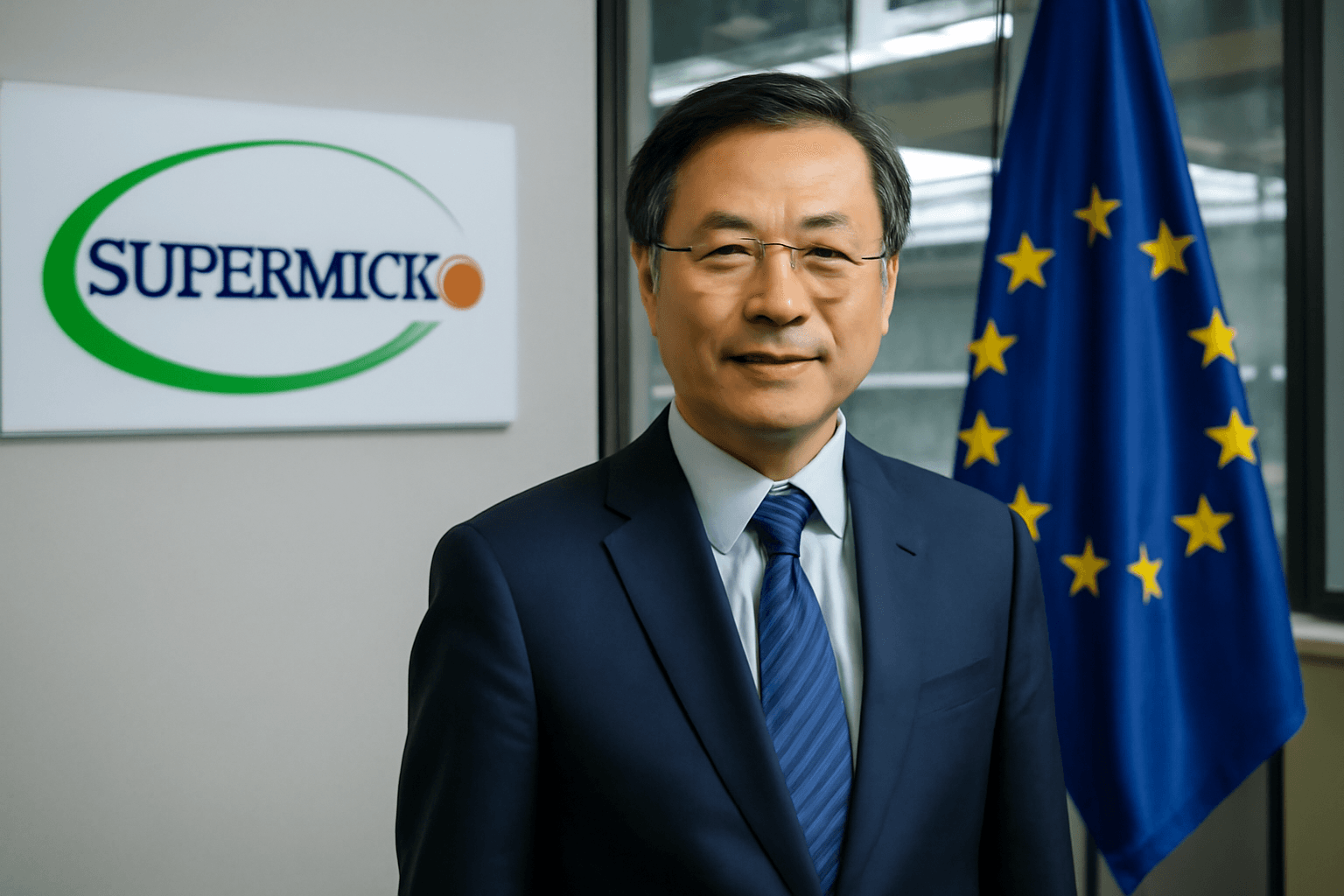Retail Investors Defy Expectations with a Patient, Conviction-Driven Strategy
In an era often dominated by headlines about institutional traders' swift reactions to market fluctuations, a quiet revolution has been unfolding: retail investors are proving surprisingly adept at navigating economic uncertainty, especially during tariff-induced market jitters. Vladimir Tenev, CEO of Robinhood, recently shed light on this dynamic during an interview on CNBC's Squawk Box Europe, explaining how everyday investors have outmaneuvered seasoned fund managers by adopting a straightforward but powerful approach — investing long-term in companies they genuinely believe in.
Institutional Retreat Amid Tariff Announcements
Since April 2, dubbed "Liberation Day," institutional investors have largely pulled back from equities, worried about sweeping macroeconomic risks triggered by new tariff policies. This shift to a risk-averse stance reverberated through markets, with the S&P 500 plunging sharply as large funds sought refuge in so-called safe havens.
Yet, rather than capitulating, retail investors viewed the dip as an inviting entry point. According to Tenev, the S&P 500 not only rebounded swiftly past its previous high of 5,670 but surged by an astonishing 25% to 6,237 since hitting a low on April 8.
Record-Breaking Retail Investment Inflows
Data from VandaTrack supports Tenev’s observations, revealing that retail investors contributed a staggering $85 billion into U.S. equities and Exchange Traded Funds (ETFs) between April 1 and July 7 — the highest influx recorded during the same timeframe since 2021. This contrasts sharply with the more cautious institutional playbook dominated by reacting to macroeconomic noise.
Understanding the Divergence: Macro vs. Micro Perspectives
What sets retail investors apart, Tenev explains, is their direct relationship with the stocks they purchase. Unlike institutions that often trade based on broad economic forecasts and risk models, retail investors are motivated by conviction and a belief in individual companies' potential. This phenomenon signals a return to fundamentals — investing because of faith in the business, rather than fear generated by policy shifts or economic uncertainty.
Popular picks among Robinhood users highlight this trend. Tech behemoths and innovation leaders like Nvidia, Tesla, and Amazon have drawn considerable interest, seen by retail traders as resilient in the face of tariff-driven volatility.
Why This Shift Matters for Market Health and Policy
Tenev describes this patient, conviction-led investment style as "healthy for the markets," promoting stability and long-term growth rather than knee-jerk reactions to global policy upheavals. It raises an important question for policymakers: how might trade and tariff policies impact different classes of investors?
Institutional players often respond rapidly to geopolitical risks, sometimes exacerbating volatility, while retail investors seemingly act as a stabilizing force. This dynamic invites deeper exploration of retail participation's role in market resilience and whether educational efforts should support these investors' growing influence.
Expert Commentary: The American Angle
From a U.S. economic policy standpoint, this trend suggests the democratization of market opportunities, with retail investors increasingly empowered by accessible platforms like Robinhood. It also presents regulatory challenges, as traditional risk management frameworks grapple with the behavioral patterns of a new investor demographic.
Moreover, the ability of retail investors to "buy the dip" amid tariff fears could be seen as a vote of confidence in American innovation sectors, potentially influencing future federal trade and fiscal decisions.
Final Thoughts: Navigating a New Market Landscape
The narrative unfolding is more than just numbers. It reflects a reshaping of investor psychology and market mechanics — one where belief, patience, and conviction are reasserting themselves as powerful market drivers. As trade tensions and macroeconomic uncertainties persist, the actions of retail investors will be telling indicators of broader economic confidence.
This remarkable outperformance by retail investors amid tariff insecurities challenges long-standing assumptions about market dynamics. Are we witnessing the emergence of a more resilient and engaged class of shareholders who prioritize fundamentals over fleeting headlines? How will institutional strategies evolve in response? The interplay between policy-induced volatility and investor behavior deserves close attention as the global economy navigates uncharted waters.



